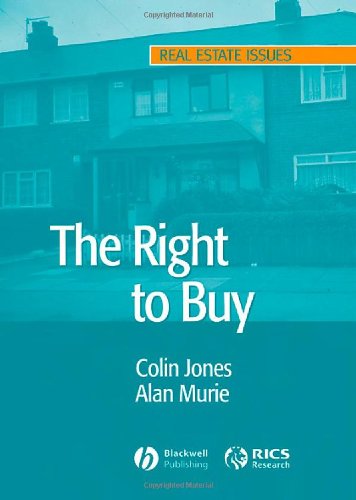

Most ebook files are in PDF format, so you can easily read them using various software such as Foxit Reader or directly on the Google Chrome browser.
Some ebook files are released by publishers in other formats such as .awz, .mobi, .epub, .fb2, etc. You may need to install specific software to read these formats on mobile/PC, such as Calibre.
Please read the tutorial at this link. https://ebooknice.com/page/post?id=faq
We offer FREE conversion to the popular formats you request; however, this may take some time. Therefore, right after payment, please email us, and we will try to provide the service as quickly as possible.
For some exceptional file formats or broken links (if any), please refrain from opening any disputes. Instead, email us first, and we will try to assist within a maximum of 6 hours.
EbookNice Team

Status:
Available4.5
30 reviewsWritten in an accessible style, this is a key reference for students and researchers in housing and planning; geography; and social policy.
The book analyses the operation and impact of the right to buy policy (RTB). It includes a critique of the Housing Act and the 2001 Housing (Scotland) Act. The enactment of these changes under a Labour government affirms the continuance of the RTB. The authors take stock of its profound effect on housing policy, reversing the growth in social housing developed over the twentieth century, transforming the nation's tenure structure and revolutionising the UK housing system.
The Right to Buy: analysis and evaluation of a housing policy begins with an examination of the policy background to the establishment of the RTB and the main features of the legislation. This is followed by chapters that review its take-up and the pattern of sales and their impact on social housing; a chapter examining the financial aspects of the RTB from the viewpoints of tenants, local authorities and central government; one looking at the impact of the RTB via subsequent re-sales on the open market and on the private rented sector; and a chapter drawing on the information already reviewed to consider the potential of the RTB to create sustainable and diverse communities. In the final chapters the international experience of parallel policies are considered and the future take-up of the RTB is assessed in the light of recent reforms together with alternatives.